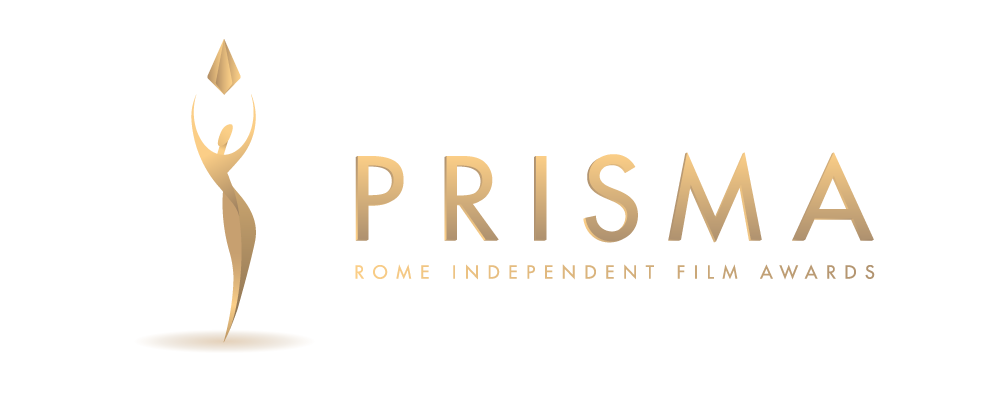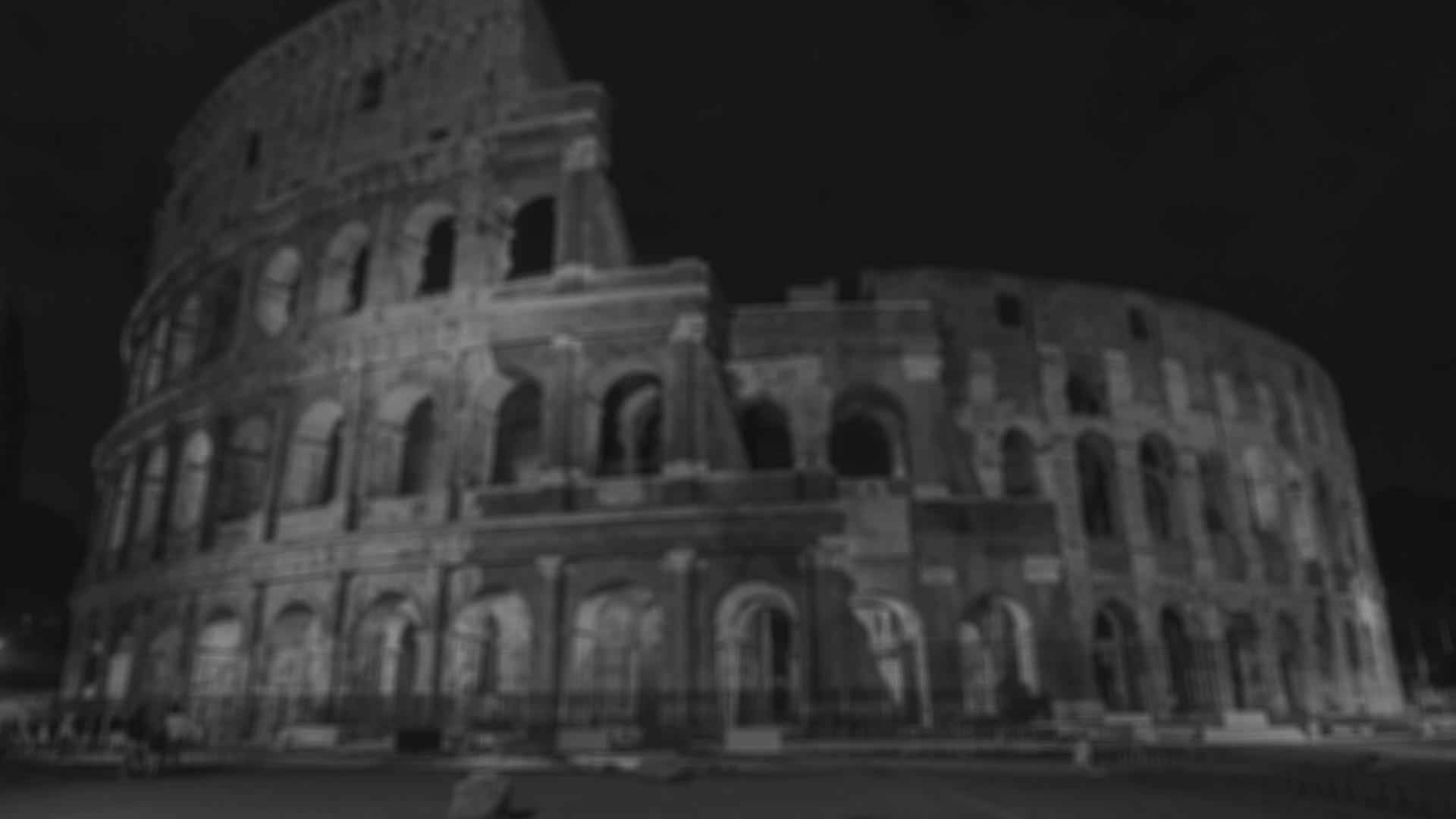05 Set An interview with Valeriy Pereverzev, director of “BARBARA”

Valeriy Pereverzev
BIOGRAPHY
Valeriy Pereverzev – artist, director. In Russia Valeriy is well-known as a creator of different performances, installations, few very provocative museums (“the Moscow torture museum”, “The History of The alcohol abuse”, “The Museum of prostitution”, etc.). He is also the constant participant of the worlds arts biennale and different art activities. His installations were able to see at the main art galleries in Russia (The Tretyakov State Gallery, The Contemporary Art museum in Nizhniy Novgorod, The Vinzavod, The Fabrika, etc.). Valeriy created also few different formats of TV programs, pr projects. Also few times he was working as a curator of the big art projects. Last years Valeriy fall deep inside into creating movies. What about the cinema his first steps was with the documentary films (working at the archives, making interviews, etc.). After documentary he started to create the mockumentary films. Nowadays Valeriy works hard and dreaming to create the perfectly done feature film.
FILMOGRAPHY AS DIRECTOR
“We’re all destined to go through this”



I’m an artist, so I first and foremost rely on my intuition. What entices me most is the search for new cinematic language and forms. It’s not the artists’ job to analyze their art – it’s the job of art experts and critics, and this applies to cinema: as long as something new is created there is food for thought. The way I see it, visual art in general and cinema in particular are taking on new functions aside from entertainment and reflecting the world as it is. They should become the main channel for communication between people because art has the power to change an individual and make the world a better place.

Editing plays a crucial role, creating a time-line that is very fast, travelling the story at a foolish pace. What effect did you want to achieve?
This is one of the best questions anyone can ask me as a film director. My conservative artist friends reproach me for the ‘flickering’ pace in my motion pictures while social media junkies and connoisseurs of new technologies criticize my ‘drawn-out’ shots. I disagree with both. I’m driven by the idea of finding – or rather, developing – a new pace and speed at which complex philosophical constructs can be perceived, in order to adapt these constructs for the average viewer and make watching otherwise complex films entertaining. Thank you for this question.
Most of the film uses the language of the documentary, while other scenes are shot as fiction. It creates different planes of reality that stimulate the spectator in more than one way. What inspired you to use such a variety of forms?
The film is none other than a mockumentary. I like this genre and want to continue working and evolving in it as a director.

Art has been and will always be at the core of any and all of my films. My work in film began when I started fixating art objects, performances and installations on video. At this stage I integrate art into films, with a mission to make films into artworks.


